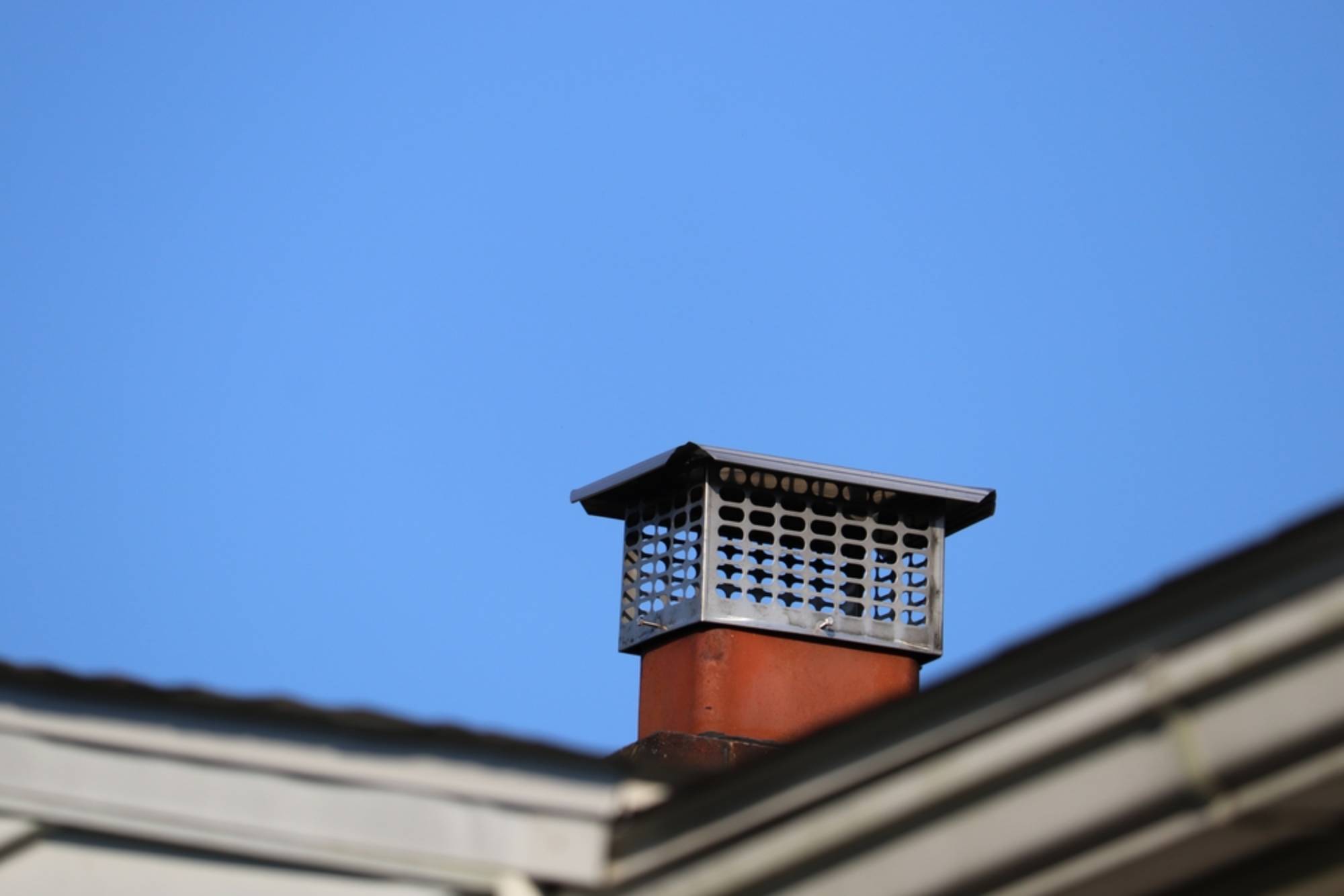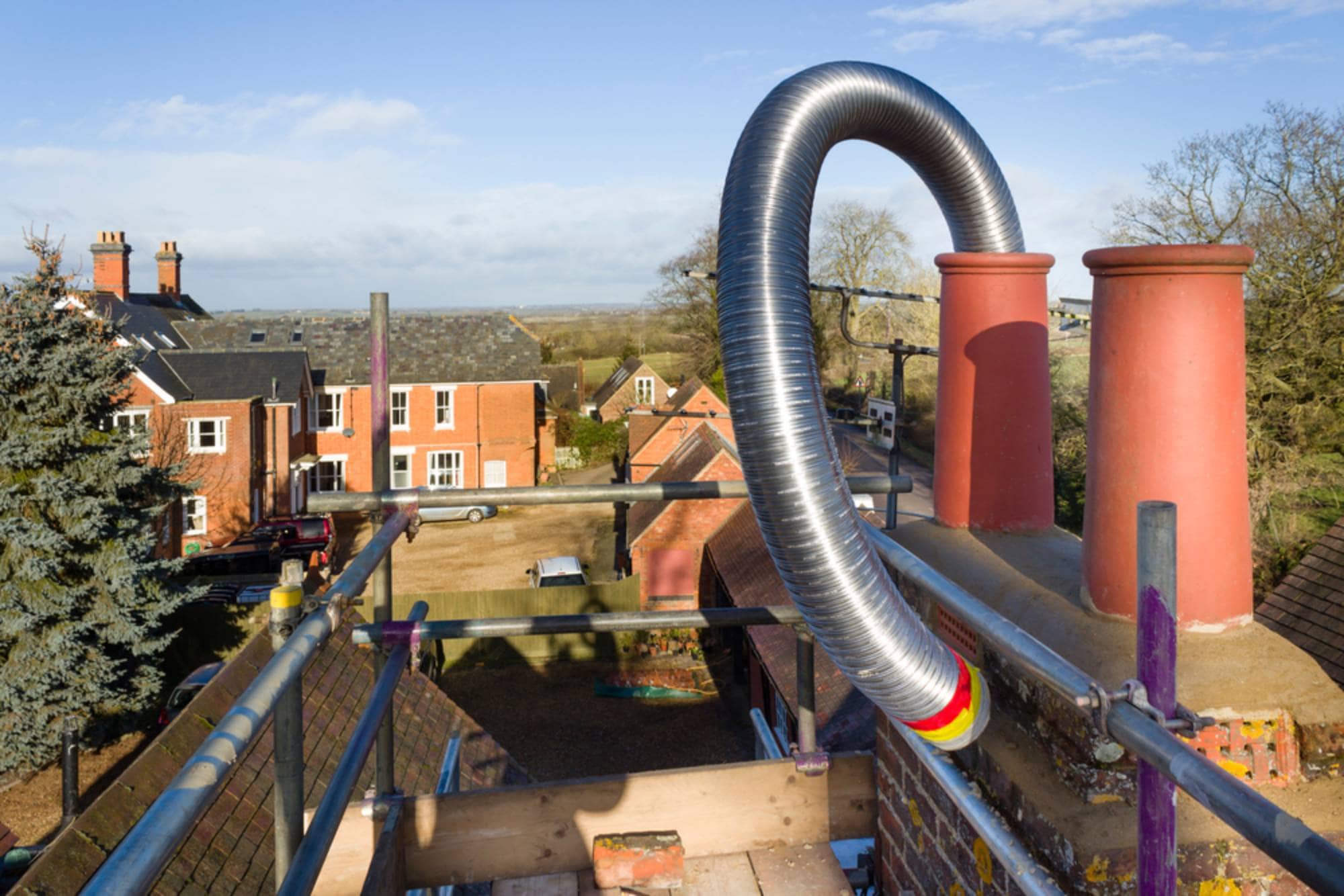Chimney liner installation costs in South Dartmouth typically range from $2,500 to $5,000, depending on your chimney height, liner type, and any additional repairs needed. Stainless steel installations usually fall in the $2,800 to $4,200 range for most residential chimneys. Several factors affect the final cost. Taller chimneys require more materials and labor. If your chimney needs structural repairs before liner installation, that adds to the project cost. Difficult roof access or steep pitches may require special equipment, which can increase labor costs. We provide detailed, written estimates that break down all costs so you know exactly what you’re paying for. Our pricing includes the liner, insulation if needed, all necessary connections, and a thorough cleanup. We don’t surprise you with hidden fees or unexpected charges.




